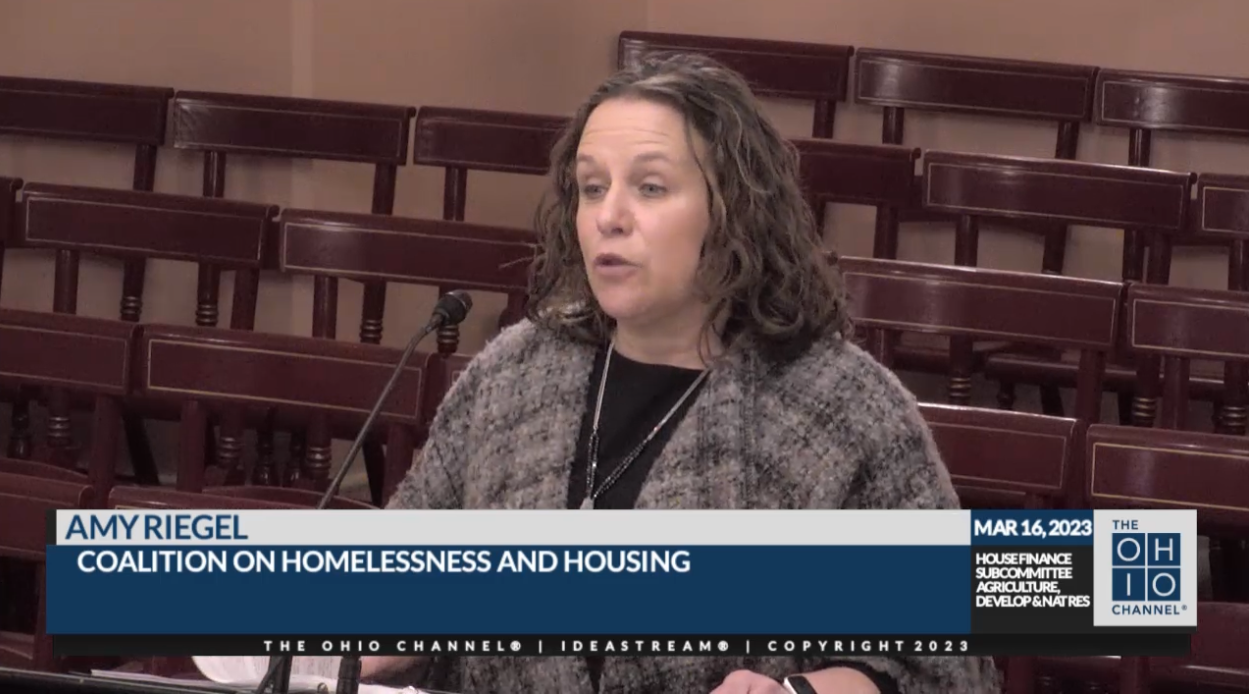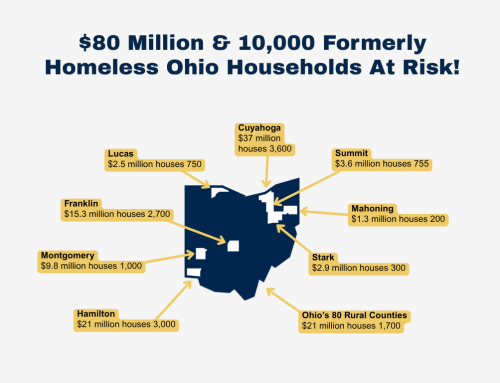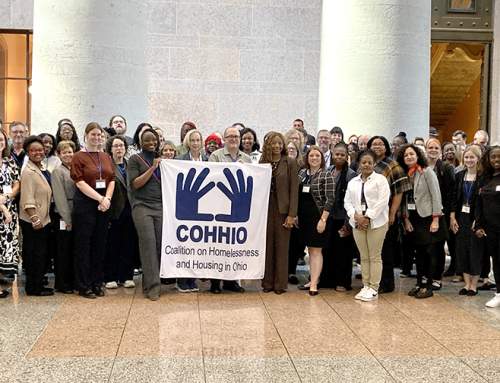Testimony Before the House Finance Subcommittee on Agriculture, Development & Natural Resources
Amy Riegel, Executive Director
March 16, 2023
House Bill 33
Chairman Jones, Ranking Member Troy and members of the House Finance Subcommittee on Agriculture, Development & Natural Resources, thank you for the opportunity to testify on several housing-related provisions of the biennial budget. My name is Amy Riegel, the executive director of COHHIO.
So many of Ohio’s public policy issues begin at home – or the lack of a home. Housing insecurity complicates your efforts to address other problems, like infant mortality, opiate addiction, lead poisoning, foster care, education, workforce readiness, and criminal justice.
Even before covid, there was a severe shortage of affordable housing in Ohio, and it has only grown worse in the last two years as rents have increased at a record pace. In fact, just this morning we released the annual Gap Report, and it shows that the shortage of affordable homes in Ohio grew 6% worse over the past year. Ohio now has a deficit of about 270,000 rental units that are affordable and available to the 448,000 extremely low-income households in Ohio. That equates to only 40 affordable units for every 100 households. The Gap Report also shows that the percentage of Ohio renters spending over half their income on housing increased, so we’re heading in the wrong direction.
The problem is two-fold: we have not built enough housing in recent years; and too many jobs pay too little for employees to afford rising rents. Of the 10 most common jobs in Ohio, only two pay comfortably more than a family needs to afford a two-bedroom apartment. With nearly 400,000 households spending over half their income on rent, many families are living on the edge. If a parent loses a job, gets sick, or becomes pregnant, the family too often faces eviction and the prospects of homelessness.
The only way out of this mess is to increase the supply of rental homes that are affordable to Ohio’s low-wage workforce. That is why we are happy to see Gov. DeWine propose investments in affordable housing. All our requests today are simply to keep the housing provisions the governor included in his executive budget.
The Ohio Housing Trust Fund is the primary state source of funding for local housing and homeless programs. By statute, at least 50% of the funding must flow to rural communities, where the Trust Fund is an especially critical resource because it helps communities leverage additional private and federal funding. In addition to homeless services, the Trust Fund supports affordable housing development and rehabilitation, and it funds local home repair and accessibility programs that keep seniors and people with disabilities living in their own homes and out of institutions.
The Trust Fund is funded by a fee that mirrors the county recorder fee, so that half of the fee revenue collected by recorders flows into the Housing Trust Fund. The housing market boom of recent years has increased fee revenue, but the appropriation level has not kept pace. Gov. DeWine’s executive budget proposes raising that spending authority to $65 million/year. This is not a fee increase; it will merely allow the state to distribute money that has already been accruing in the fund to local programs that are helping vulnerable seniors, children, and people with disabilities in your communities. And it will help Ohio’s economy. Ohio Housing Finance Agency research shows each dollar the Trust Fund invests generated $8.30 in economic activity for the state.
We also support a $1.5 million/year appropriation for grants to incentivize local governments to reform their zoning codes. Outdated, burdensome zoning rules are a major contributor to Ohio’s affordable housing shortage. Gov. DeWine’s proposed zoning reform grants would help local governments that want to modernize these regulations – a necessary step that would open the door to more affordable housing in these communities.
We also support the creation of a State Affordable Housing Tax Credit. This is a worthy effort to start reducing the dire shortage of affordable housing throughout Ohio. As the Gap Report shows, Ohio desperately needs more rental units that are affordable to all members of Ohio’s workforce, especially people working low wage service jobs – the caterers and servers, fast food workers, cleaning crews, landscapers, home health aides, child care workers, and your barista at Starbucks.
Another priority item is Healthy Beginnings at Home, which is demonstrating that housing can reduce the risk of infant mortality. During phase 1 of HBAH, birth outcomes improved dramatically while healthcare costs plummeted for women who received housing intervention.
The executive budget includes a $16 million appropriation in FY 2024 and $1 million in FY 2025 for HBAH 2.0 as a part of the proposed Department of Children and Youth. This will fund the replication and expansion of HBAH to a full-scale scientific study in Franklin, Montgomery, Hamilton, Summit counites. It will save babies’ lives, reduce Medicaid expenditures, and will establish a model to support vulnerable pregnant women and their babies that could be replicated throughout the U.S.
Today in Ohio, only two out of every five extremely low-income households has a home they can actually afford. We commend the governor for focusing on this issue, because if every child has a safe, stable place to sleep at night, then all the other work you do will be so much more effective. Attached you will find some other positive budget highlights and information, but I’ll stop here and would be happy to answer any questions that you might have.








